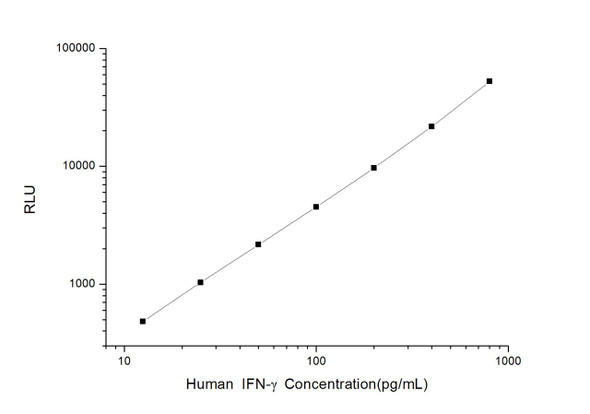Description
Hamster IFN-gamma (Interferon gamma) ELISA Kit
The Hamster IFN-gamma (Interferon-gamma) ELISA Kit provides a reliable and sensitive method for the quantitative detection of IFN-gamma levels in hamster samples. This kit allows for the accurate measurement of IFN-gamma in serum, plasma, and cell culture supernatants, making it a valuable tool for researchers studying immune responses and inflammatory processes in hamsters.IFN-gamma is a key cytokine involved in the regulation of immune responses, particularly in the activation of macrophages and T cells.
It plays a critical role in defense against viral and bacterial infections, as well as in the development of autoimmune diseases and inflammatory conditions.With its high sensitivity and specificity, the Hamster IFN-gamma ELISA Kit offers reliable and reproducible results, making it suitable for a variety of research applications. By accurately measuring IFN-gamma levels, researchers can gain valuable insights into the immune system and its role in health and disease.
| Klimkait et al. | Single-cycle SARS-CoV-2 vaccine elicits high protection and sterilizing immunity in hamsters. | Research Square 2023 | View Citation |






